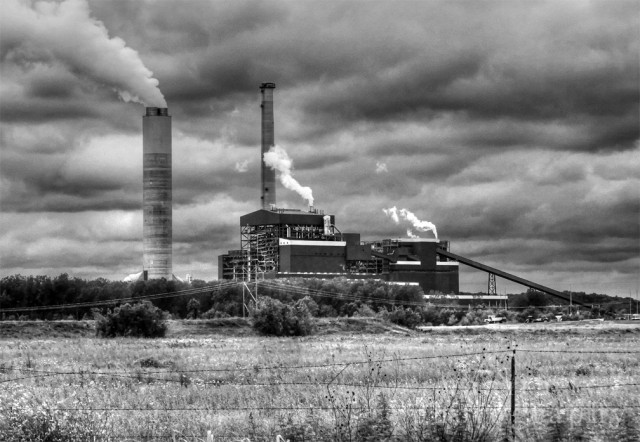Reversing climate change even more difficult than it might sound
Ars Technica » Scientific Method 2013-10-23
It’s often said that teenagers feel invincible. Even if they were to get hurt, a little medical treatment would quickly have them feeling right as rain. It only takes one significant injury to disabuse a person of that notion, one example that some part of their body will never quite be the same again. That can serve as a constant reminder that being a bit more careful would be prudent.
That, if you haven't guessed, is a metaphor for our approach to climate change. We're acting a bit like a "what, me worry?" teenager when doing damage that can be lasting. Even if humanity were to completely stop emitting carbon dioxide, it would take thousands of years for natural processes to bring the concentration in the atmosphere back down close to where it was before the industrial revolution began. But surely we’ll develop the technology to augment those processes by artificially removing CO2 long before then, right?
Well, maybe, but there are complications. One problem is that the climate system is sluggish and builds a sort of momentum that limits what intervention can accomplish. Another is that the rate of temperature change determines the impact it has on ecosystems (as well as our own ability to adapt). We’d want to limit the rate at which we lowered the concentration of CO2 and cooled the planet, or we'd do as much damage as we did while driving it up.
Read 10 remaining paragraphs | Comments





